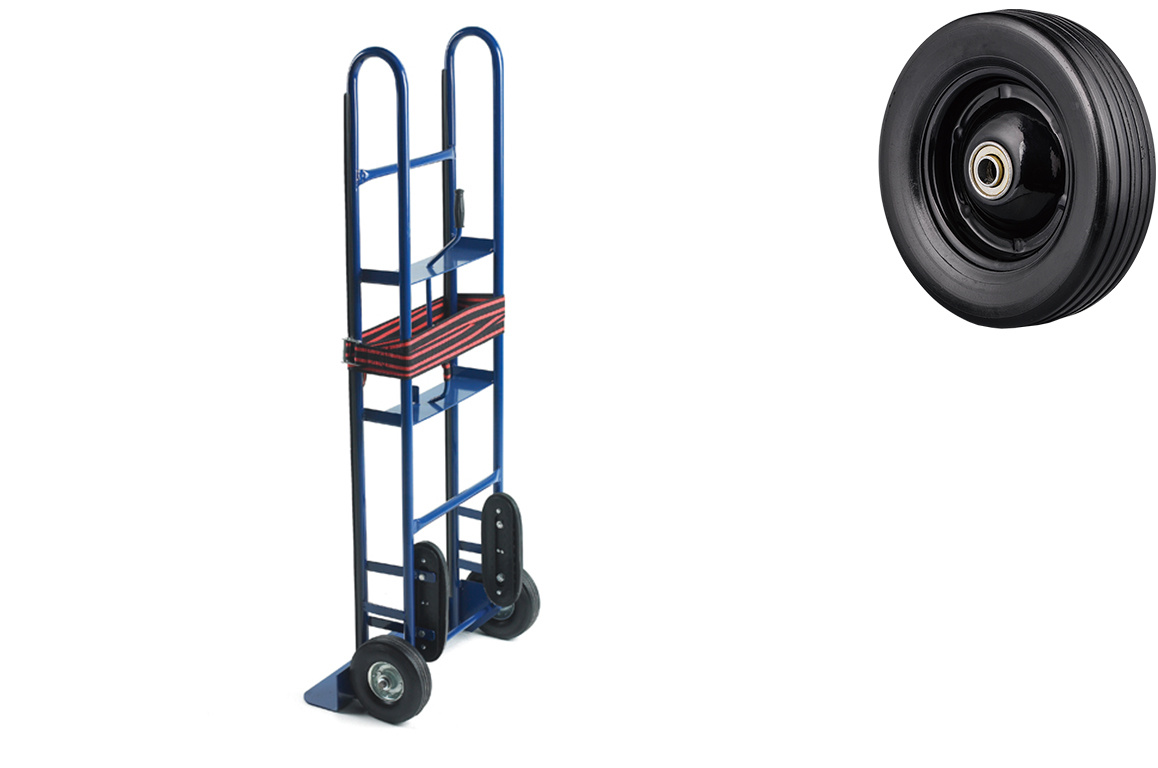News
Understanding the Maintenance Needs of 320mm Rubber Wheels: A Comprehensive Guide
Release time:
2025-08-26 16:40
Understanding the Maintenance Needs of 320mm Rubber Wheels
Table of Contents
Introduction to 320mm Rubber Wheels
Importance of Maintaining 320mm Rubber Wheels
Types of 320mm Rubber Wheels
Common Maintenance Practices for 320mm Rubber Wheels
Effective Cleaning Techniques
Inspecting for Damage: Key Steps
Troubleshooting Common Issues with 320mm Rubber Wheels
Tips for
Understanding the Maintenance Needs of 320mm Rubber Wheels
Table of Contents
- Introduction to 320mm Rubber Wheels
- Importance of Maintaining 320mm Rubber Wheels
- Types of 320mm Rubber Wheels
- Common Maintenance Practices for 320mm Rubber Wheels
- Effective Cleaning Techniques
- Inspecting for Damage: Key Steps
- Troubleshooting Common Issues with 320mm Rubber Wheels
- Tips for Extending the Lifespan of Your Rubber Wheels
- Conclusion
- FAQs
Introduction to 320mm Rubber Wheels
320mm rubber wheels are widely utilized in various industries, including automotive, manufacturing, and recreational applications. Their robust construction and adaptability make them ideal for diverse environments, from factory floors to outdoor terrains. However, to ensure these wheels perform optimally, understanding their maintenance needs is crucial.
Importance of Maintaining 320mm Rubber Wheels
Regular maintenance of 320mm rubber wheels is essential for several reasons:
1. **Enhanced Performance**: Well-maintained wheels provide better grip and stability, ensuring safe maneuverability.
2. **Increased Longevity**: Proper care extends the lifespan of the wheels, saving costs on replacements.
3. **Safety Standards**: Regular inspections help in identifying potential issues that could lead to accidents or equipment failures.
4. **Cost Efficiency**: Investing time in maintenance reduces the risk of costly repairs and downtime.
Types of 320mm Rubber Wheels
Understanding the different types of 320mm rubber wheels can aid in providing the right maintenance. The main categories include:
1. Solid Rubber Wheels
These wheels are made entirely of rubber and are ideal for soft surfaces. They offer excellent shock absorption but may wear down faster on abrasive surfaces.
2. Pneumatic Rubber Wheels
Pneumatic wheels are air-filled, providing a cushioned ride. However, they require more maintenance to prevent air loss and punctures.
3. Semi-Solid Rubber Wheels
These wheels offer a middle ground between solid and pneumatic. They are less prone to punctures while still providing some cushioning.
Common Maintenance Practices for 320mm Rubber Wheels
To keep your 320mm rubber wheels in peak condition, adhere to these maintenance practices:
Routine Cleaning
Regularly cleaning the wheels prevents dirt and debris from accumulating, which can lead to premature wear.
Periodic Inspections
Conduct visual inspections to identify signs of wear and tear or any foreign objects lodged in the wheels.
Pressure Checks for Pneumatic Wheels
For pneumatic wheels, regularly check and maintain the correct air pressure to ensure optimal performance.
Lubrication
Apply appropriate lubricants to axle fittings to reduce friction and wear.
Effective Cleaning Techniques
Cleaning is a vital aspect of maintaining 320mm rubber wheels. Follow these steps for effective cleaning:
1. Gather Materials
You will need a soft brush, mild soap, water, and a towel for drying.
2. Brush Off Debris
Use a soft brush to remove loose dirt and debris from the wheel's surface.
3. Wash with Soapy Water
Mix mild soap with water and use a cloth to clean the wheels thoroughly. Avoid harsh chemicals that could degrade the rubber.
4. Rinse and Dry
Rinse the wheels with clean water and dry them with a towel to prevent moisture buildup, which can cause mold or deterioration.
Inspecting for Damage: Key Steps
Regular inspections are vital to ensure your 320mm rubber wheels remain safe and effective. Follow these steps:
1. Visual Inspection
Look for cracks, cuts, or blisters on the wheel surface, which can indicate damage.
2. Check for Uneven Wear
Inspect the tread for uneven wear patterns that may signal misalignment or improper loading.
3. Axle and Bearings
Examine the axle and bearings for signs of rust or damage, as these components are crucial for wheel functionality.
Troubleshooting Common Issues with 320mm Rubber Wheels
Despite regular maintenance, issues may arise with 320mm rubber wheels. Here are common problems and their solutions:
1. Flat Spots
Flat spots often occur when wheels sit in one place for too long. To remedy this, rotate the wheels regularly.
2. Noise During Operation
If you hear unusual noises, check for debris caught in the wheel or signs of bearing failure.
3. Vibration
Vibrations may indicate imbalance or misalignment. Inspect the wheels for damage and ensure proper mounting.
Tips for Extending the Lifespan of Your Rubber Wheels
Implementing best practices can significantly extend the life of your 320mm rubber wheels:
1. Store Properly
When not in use, store wheels in a cool, dry place to prevent deterioration from heat and moisture.
2. Avoid Overloading
Follow the manufacturer's weight recommendations to prevent undue stress on the wheels.
3. Rotate Regularly
Regularly rotate your wheels to ensure even wear and enhance their lifespan.
4. Monitor Surface Conditions
Be mindful of the surfaces on which the wheels operate. Avoid excessively abrasive or uneven surfaces whenever possible.
Conclusion
Maintaining 320mm rubber wheels is essential for ensuring their performance and longevity. By understanding the types of wheels, practicing routine maintenance, and being vigilant about inspections, users can avoid common pitfalls and enhance their overall experience. Prioritize proper care and reap the benefits of superior performance, safety, and extended lifespan for your rubber wheels.
FAQs
1. How often should I clean my 320mm rubber wheels?
Cleaning your 320mm rubber wheels should be done regularly, ideally once a month or more frequently if used in dirty environments.
2. What is the best way to store rubber wheels?
Store rubber wheels in a cool, dry place away from direct sunlight to prevent degradation.
3. Can I use any cleaning products on rubber wheels?
No, avoid harsh chemicals and opt for mild soap and water to clean rubber wheels.
4. How can I tell if my wheels need replacing?
Look for visible signs of wear, such as cracks, flat spots, or significant uneven wear on the tread.
5. What is the correct air pressure for pneumatic wheels?
Check the manufacturer’s guidelines for the specific air pressure recommendations for your 320mm pneumatic wheels.
320mm rubber wheels



